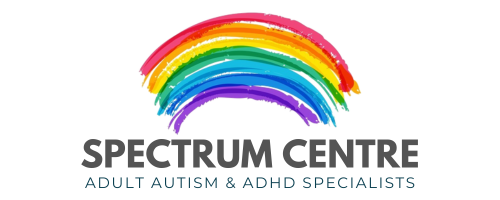
Recognizing the Unique Communication Styles of Autistic Individuals
In today’s fast-paced world, conversations often flow effortlessly. However, for some individuals—particularly those on the autism spectrum—communication can look and feel a little different. Recognizing these signs isn’t about labeling but about fostering understanding, empathy, and connection.
Here are some conversational traits that may be indicative of autism:
- Literal Interpretation: Autists often interpret language literally. Phrases like “break a leg” might be confusing or taken at face value.
- Difficulty with Eye Contact: While eye contact is culturally valued, it can feel overwhelming or uncomfortable for many autists. They may look away or focus on a neutral object while speaking.
- Unusual Speech Patterns: Some individuals may have a monotone voice, speak faster or slower than usual, or emphasize unexpected words.
- Focus on Specific Interests: Conversations may lean heavily toward topics they are passionate about. This focus can seem intense but stems from genuine enthusiasm.
- Challenges with Social Cues: Reading between the lines, understanding sarcasm, or noticing subtle shifts in tone might be harder for someone on the spectrum.
- Pauses or Interruptions: Autists may take longer to process responses or unknowingly interrupt, as they might find it difficult to gauge conversational timing.
- Directness: Honesty and direct communication are common traits, which can sometimes be perceived as bluntness or rudeness.
Communication Tips and Tools:
If you notice these traits in your own communication style, here are a few tips that might help you navigate conversations with confidence:
- Practice Self-Awareness: Recognize your unique strengths and challenges in communication. This awareness can help you better prepare for social interactions.
- Set Clear Boundaries: If certain topics or communication styles make you uncomfortable, let others know. Advocating for yourself is important.
- Use Scripts or Practice Scenarios: Practicing common conversation starters or responses can make you feel more at ease in social situations.
- Focus on Active Listening: While it’s okay to share your passions, try to pause and invite others to share their thoughts too.
- Take Breaks When Needed: If conversations become overwhelming, it’s okay to step away and recharge. Communicating this need can help others understand.
Remember: Your communication style is valid, and it’s okay to approach conversations in a way that feels natural and authentic to you.
By: Chael Nel, Clinical Psychologist (South Africa)


